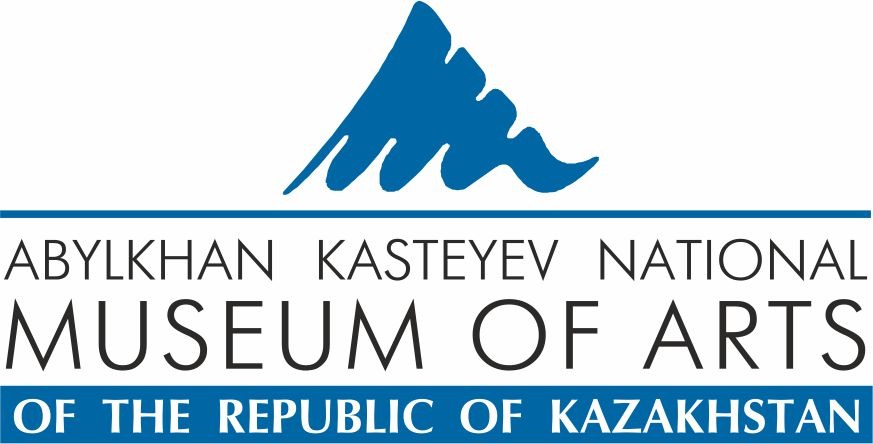The main goals and objectives of the department are:
- scientific exposition work;
- development of thematic and exposition plans for the permanent exhibition
- (jointly with research centers) and temporary exhibitions;
- preparation and coordination of annual exhibition plans;
- organization of work on holding temporary exhibitions and permanent expositions;
- provision of storage of exhibits in the halls and galleries of the museum;
- work with museum caretakers;
- writing festive slogans, newspapers, announcements, booth decoration;
EMPLOYEES
The exposition forms the basis of museum communication, which is carried out through, first of all, the visual perception by visitors of the exposition material placed in a certain space.
The GMI exposition occupies two floors of the building in 11 halls and 10 galleries. Most of them are occupied by a permanent exhibition, which presents a rich and varied collection, which gives a vivid idea of the artistic culture of Kazakhstan, Soviet art, countries of Western Europe and the foreign East, acquaints with the work of masters of past eras and the present.
The creation of a museum exposition is a complex research, creative and production-technical process that requires joint efforts of scientists, artists, designers, engineers. The creation of a musical exposition begins with a preliminary systematic development of the scientific content of the exposition, its architectural and artistic solutions and technical equipment. Therefore, the components of the design of the exposition are: scientific design, during which the main ideas of the exposition and its specific content are developed, artistic design designed to provide a figurative, plastic embodiment of the theme, technical and working design, which fixes the place of each exhibit, text and technical means.The Center for Exhibitions and Exhibitions, together with scientific departments, carries out a large scientific work to create permanent exhibitions from the museum's funds.

The Center for Exhibitions and Expositions, together with other research centers, participates in the development of a scientific concept (objects in the museum exposition represent a scientifically organized set, since their selection and placement are based on a scientific concept developed by the museum team). The scientific concept should reveal the concept of the exposition, give a general idea of the future exposition. It defines the goals and objectives of the exposition, its main problems and thematic structure, gives a characteristic of the exposition materials and suggests methods of their presentation. In the scientific concept, with the participation of the artist, the work on the compilation of the theme is determined - the exposition plans. As a rule, the TEP includes: the names of sections, topics, thematic complexes, leading texts and annotations,lists of exhibits indicating the main attributive data, etc. A label is attached to the thematic - exposition plan (an indispensable element of any exposition is a label - this is a text containing the name of an object, its attributive data).
The center works not only on a permanent exhibition, but also creates temporary exhibitions - exhibitions, stationary or traveling. The exhibitions often show items from other museums or private collections, personal author's exhibitions, thematic exhibitions, exhibitions from fund depositories, reporting exhibitions are held.
GMI actively cooperates with the British Council, the Goethe Institute, practically with all embassies and consulates. Therefore, we have the opportunity to annually present to visitors interesting exhibitions held in conjunction with the above organizations.





